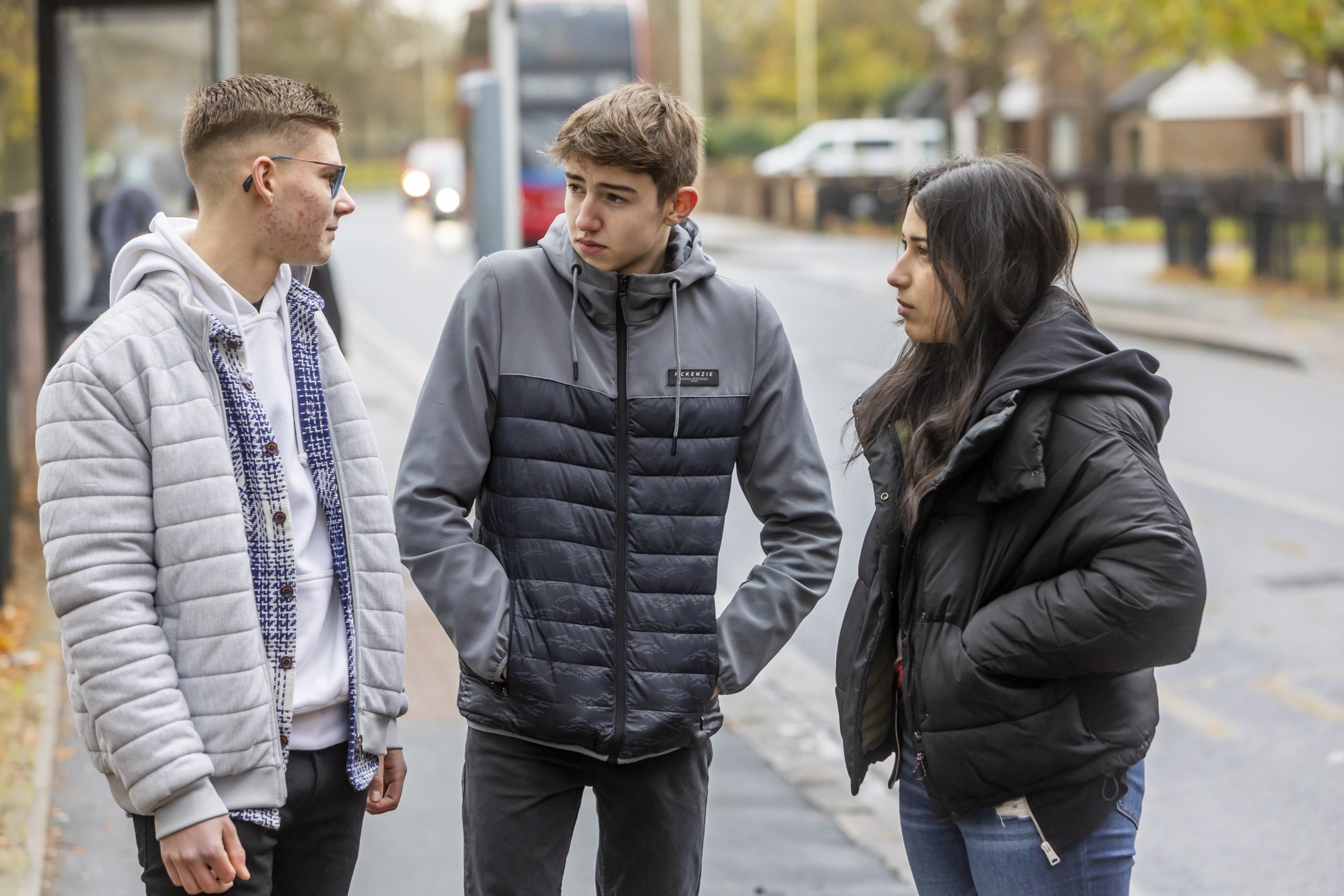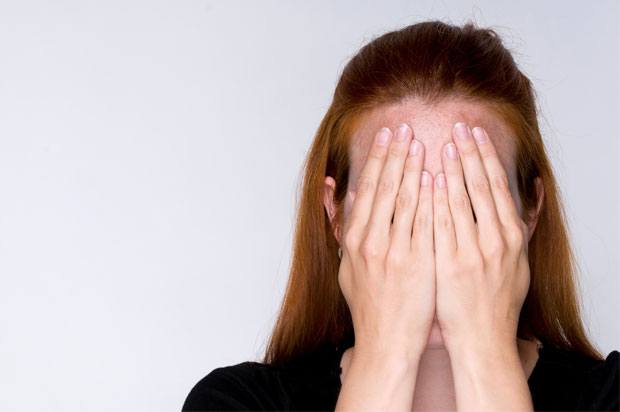Spots on your back

The Mix explains what a caution is and how police cautions and warnings work in the UK.
Nearly everyone gets some spots from time to time. For some of us, they tend to group around different areas of the skin, you might get spots on your back and the back of your neck, or spots on your face and elsewhere. A member of The Mix’s community got in touch to ask for help dealing with a spotty back. Read on to get some tips for how to cope. Alternatively, if you’re looking for more info on spots in general, check out our article on what causes spots and how to stop them here.
Why do I get spots on my back?
“I’m 21 and I consider myself to be fit and healthy. But I’ve started to get loads of spots on my back and I just don’t understand it. Is there anything I can do to make them go away for good?”
Most people experience spots in their teens, and they can appear anywhere from the face to the neck, the back of the neck, the back or the chest. Many people are also affected in their 20s and 30s. It can be pretty annoying suddenly getting spots later in life, especially if you managed to get through most of your teenage years without them, so it’s no surprise you’re wondering ‘why am I getting spots?’.
Causes of a spotty back
A healthy lifestyle (a good diet, moderate exercise, low stress etc) is always going to be beneficial to your body, but unfortunately it doesn’t guarantee smooth skin, so any changes may not get rid of your back acne. If you’ve only recently started going to the gym, it could be that the extra sweating is causing the spots. Other possible reasons could be any new medication you’re taking, or perhaps there’s a hormonal cause of the blocked pores on your back.
Treatment for spots on your back
Spots on your back and other areas of the body should generally be treated the same way as on the face. Salicylic acid is one common treatment. We have lots of further information about acne treatments like accutane and roaccutane here. If you think stress might be the cause, check out our article on how to cope with stress.
Body skin is different to face skin
It’s worth knowing body acne is more resistant to facial treatment because body skin is thicker. There’s also constant friction from clothes. Showering as soon as you can after times when you may be sweating (e.g. after sport or during summer months) before applying a treatment can help though.
If you use a product like Clearasil on your back you should be careful not to let it get into contact with genital areas, where the skin is extremely sensitive. Some of these types of products can be pretty rough on your skin down there. Using products like facial scrubs or tea tree oil is milder; tea tree is a natural antiseptic and is available from most pharmacies. If you have sensitive skin you could try a very small amount first to check you’re going to be ok with it.
Getting help with spots from a doctor
If your spots seem resistant to any product and you’re still concerned, ask your doctor (GP) to refer you to a dermatologist. Sometimes it can take a few visits to find the right treatment for persistent spots, so don’t panic if you can’t get rid of them right away.
For more information, take a look at another reader’s question about sudden acne here. If you’d like to share some tips for dealing with spots, let us know on our discussion boards.
Next Steps
- Chat about this subject on our Discussion Boards.
By
Updated on 02-Nov-2022
No featured article














